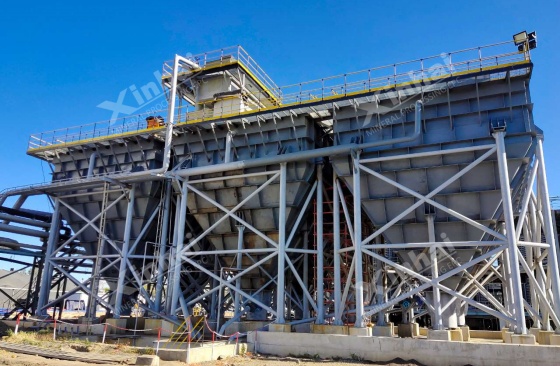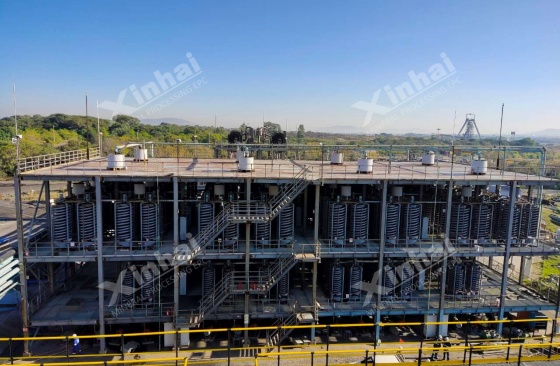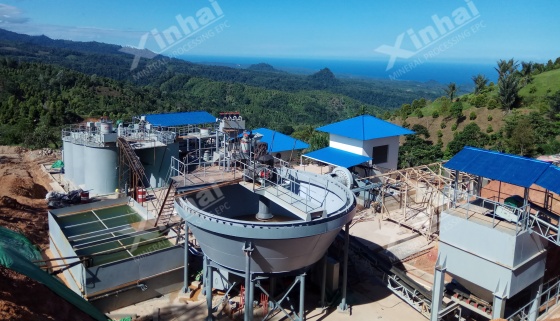If you want to know more information (such as product/process price, etc.), please contact us 24-hour telephone
South Africa dominates the global chrome industry, holding 70% of the world’s chromium reserves, primarily in the Bushveld Igneous Complex. However, establishing a chrome mining plant here requires navigating complex geology, stringent regulations, and evolving market demands. This guide breaks down the process into actionable steps, tailored for investors and mining entrepreneurs.
Key Geological Insights
Ore Types: South Africa’s chrome occurs as:
Chromitite Layers: High-grade Cr₂O₃ (40-48%) in the Bushveld Complex.
Placer Deposits: Weathered ore in riverbeds (e.g., Steelpoort Valley).
PGM Co-Occurrence: Many deposits contain platinum group metals (PGMs), requiring specialized processing.
Market Drivers
Stainless Steel Demand: 80% of chrome feeds stainless steel production.
Green Energy Shift: Chrome’s role in hydrogen electrolyzers and battery alloys is growing.

Step 1: Secure Mining Rights
Application Types:
Prospecting Right: Valid for 5 years (Department of Mineral Resources and Energy, DMRE).
Mining Right: Requires a Social and Labour Plan (SLP) and BEE compliance.
BEE Requirements: Minimum 26% ownership by historically disadvantaged South Africans (HDSAs).
Step 2: Environmental Approvals
Submit an Environmental Management Plan (EMP) addressing:
Water usage (critical in drought-prone regions).
Tailings storage facilities (TSFs) compliant with Global Industry Standard on Tailings Management (GISTM).
Pro Tip: Partner with local BEE-certified consultants to accelerate permitting.
Step 3: Geological Survey
Conduct drilling and assay tests to determine:
Ore grade (target Cr₂O₃ >42% for metallurgical use).
Overburden thickness (open-pit vs. underground mining).
Step 4: Infrastructure Audit
Critical Factors:
Proximity to power grids (Eskom reliability is a concern).
Road/rail access to export hubs (e.g., Richards Bay Port).
Case Study: A Limpopo mine reduced logistics costs by 30% by siting its plant <50km from the N1 highway.

Step 5: Choose the Right Technology
a. Beneficiation Methods
Dense Media Separation (DMS): Ideal for coarse, high-grade ore.
Spiral Concentrators: Cost-effective for fine particles.
XRT Sensor-Based Sorting: Boosts recovery from low-grade ore (up to 95% efficiency).
b. Tailings Management
Dry Stacking: Reduces water use by 80% vs. conventional slurry.
Co-Disposal: Combine chrome tailings with PGMs to minimize waste.
Step 6: Select Reliable Machinery
Core Equipment:
Jaw Crushers & Cone Crushers: For primary and secondary crushing.
Ball Mills: Grind ore to <1mm for optimal liberation.
High-Pressure Grinding Rolls (HPGR): Energy-efficient alternative to traditional mills.
Step 7: Modular vs. Fixed Plants
Modular Plants:
Pros: Faster deployment (6-8 months), lower capex.
Cons: Limited to 50,000 tpa capacity.
Fixed Plants: Suitable for large-scale operations (>200,000 tpa).
EPCM+O Insight: An EPCM contractor can save 15% on installation costs through integrated design.
Step 8: Overcome Eskom’s Load Shedding
Hybrid Power Systems: Combine solar PV (e.g., 5MW solar farm) with diesel generators.
Energy Recovery: Use heat from smelters to power processing units.
Step 9: Water Recycling
Implement closed-loop systems with:
Thickeners and filter presses.
Rainwater harvesting in high-rainfall areas (e.g., Mpumalanga).

Step 10: Local Hiring and Training
Partner with MQA (Mining Qualifications Authority) for skills development.
Prioritize safety training to reduce incidents (South Africa’s mining fatality rate is 2.1/200,000 workers).
Step 11: Community Development
Allocate 1% of revenue to projects like:
Clean water access for nearby villages.
Small-business grants for HDSA entrepreneurs.
Step 12: Cost Breakdown
Typical Capex:
Small modular plant: $8–12 million.
Large-scale plant: $50–80 million.
Opex: Energy (35%), labor (20%), maintenance (15%).
Step 13: Funding Sources
IDC (Industrial Development Corporation): Offers loans at 7–9% interest for mining projects.
Streaming Agreements: Sell future chrome output to traders like Traxys for upfront cash.
a. Power Instability
Solution: On-site gas-fired peaker plants (e.g., Wärtsilä generators).
b. Community Conflicts
Solution: Sign Community Development Agreements (CDAs) to share benefits transparently.
c. Export Logistics
Solution: Book rail slots with Transnet Freight Rail 12 months in advance.
Xinhai Mining can help customers build a chrome ore mining and dressing plant with a daily processing capacity of more than 100 tons. If you need it, please contact me.WhatsApp: +86 138 1151 0145